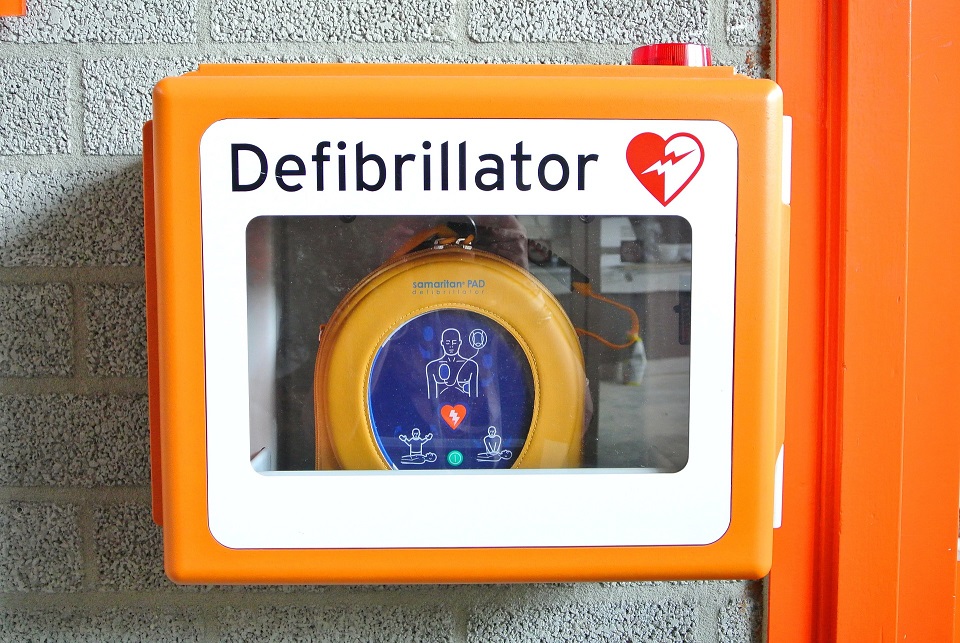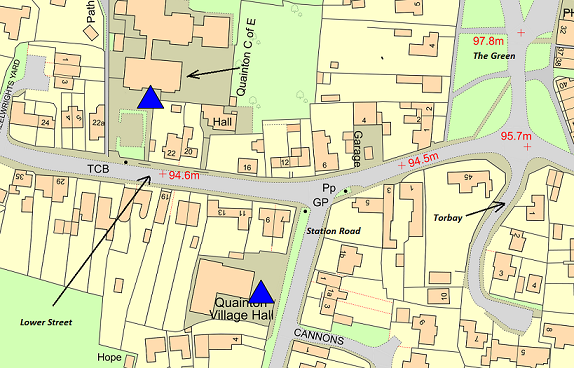-
07939 366424

CPR First and Foremost
If you see someone suffering a cardiac arrest, ring 999 and ask for an ambulance. The ambulance call handler will guide you through how to perform CPR, and they will also tell you where your nearest defibrillator is.
See Video on how to use a defibrillator
Where are your nearest defibrillators?
Quainton has two located outside the premises at:
Quainton School Lower Street
Quainton Memorial Hall Station Road

Defibrillation
The heart is controlled by an electrical impulse that makes it beat in a regular rhythm, keeping you alive.
When a person has a sudden cardiac arrest (SCA), the normal rhythm becomes disrupted and disorganised, which means their heart can’t beat properly and they won’t be able to breathe normally.
For every minute that someone’s in cardiac arrest without receiving CPR and having a defibrillator used on them, their chance of survival decreases by 10%. That’s why it’s so important to act immediately.
A defibrillator gives a jolt of energy to the heart, which can help restore the heart’s rhythm, and get it beating normally again. This simple piece of equipment is easy to use and doesn’t require training, but it could make the difference between life and death – so it’s important to find and use a defibrillator in an emergency.
You might also hear a defibrillator be called a defib, an AED (Automated External Defibrillator) or a PAD (Public Access Defibrillator).
Don’t be scared – it’s simple!
Public access defibrillators are designed to be used by the public. When you switch the defibrillator on, it will provide clear instructions and talk you through what you need to do.
A defibrillator will not harm the person suffering a cardiac arrest and will only give them a shock if and when it is needed. There's no reason to feel nervous about using a defibrillator - just follow its simple instructions, and know that using it could save someone's life.